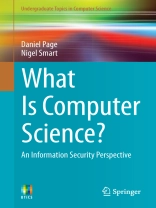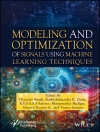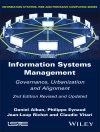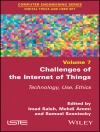This engaging and accessible text addresses the fundamental question: What Is Computer Science? The book showcases a set of representative concepts broadly connected by the theme of information security, for which the presentation of each topic can be treated as a ‘mini’ lecture course, demonstrating how it allows us to solve real problems, as well as how it relates to other subjects. The discussions are further supported by numerous examples and practical hands-on exercises. Features: presents a concise introduction to the study of algorithms and describes how computers work; introduces the concepts of data compression, and error detection and correction; highlights the role of data structures; explores the topic of web-search; reviews both historic and modern cryptographic schemes, examines how a physical system can leak information and discusses the idea of randomness; investigates the science of steganography; provides additional supplementary material at an associated website.
İçerik tablosu
Part I: Foundations of Computer Science Compressing and Correcting Digital Media Writing and Comparing Algorithms Playing Hide-and-Seek with Virus Scanners How Long is a Piece of String?Demystifying Web-Search: The Mathematics of Page Rank Part II: Examples from Information Security Using Short Programs to Make and Break Historical Ciphers Generation and Testing of Random Numbers Safety in Numbers: Modern Cryptography from Ancient Arithmetic Hiding a Needle in a Haystack: Concealed Messages Picking Digital Pockets
Yazar hakkında
Dr. Daniel Page and Prof. Nigel Smart are lecturers in the Department of Computer Science at the University of Bristol, UK, affiliated to the Cryptography and Information Security Group. Daniel Page is also the author of the Springer textbook A Practical Introduction to Computer Architecture.












